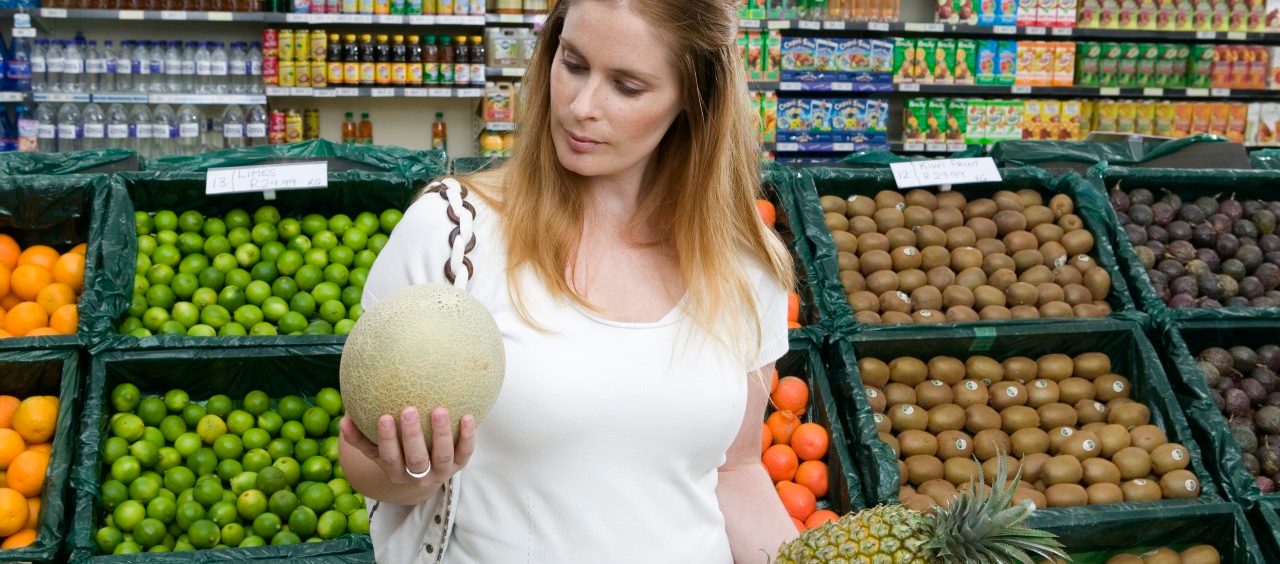November 17, 2017
Surprising Things You Probably Don’t Know About Food

Do you any have go-to icebreakers, one-liners, and jokes that you've steadily archived over the course of your life? I don't know if I'm the only person that does this to survive social settings, but I tend to whip out some pretty mindblowing trivia to get a conversation going. My personal favorite has always been "Psst. Did you know that a banana is actually... a berry?"
Try it! I'm telling you, 9 times out of 10 you'll get the dumbfounded reaction you were hoping for. Make it a 1-2 punch with "And a strawberry is not a berry, but a plant’s ovary?" Sooner or later, you'll be someone's "You know what my co-worker told me the other day?" story.
YOU MIGHT ALSO LIKE: Foods That Help You Sleep
Let's see if we can become legendary with these other surprising food classifications:
Eggplant or Aubergines – They’re a great source of vitamins B1 and B6, potassium, and dietary fiber. They are also classified as berries, as they fit the description “a fleshy fruit that has multiple seeds on the inside, embedded in the flesh of the ovary.”
Watermelon – Aside from being a good source of vitamins A, B6, and C, and being extremely hydrating and delicious, watermelons are also classified as berries. Why anyone would be opposed to naming something “Waterberry” is beyond me.
Peppers – Also berries. Chili peppers, despite their size, have properties that help regulate insulin and promote cardiovascular health. Bell peppers are rich in vitamin C, and phytochemicals and beta-carotene, which boosts antioxidant levels and reduces inflammation. Are you telling me someone rejected “Fireberry”?
Strawberries, raspberries, blackberries – Indispensible alongside granola and non-fat Greek yogurt, and teaming with antioxidants. Basically, anything we’ve ever known to be a berry is actually a fruit aggregate or a plant ovary. Chocolate-covered ovaries anyone?
Pineapple – A great source of dietary folate and dietary fiber, and vitamins, B1, B6, C, and manganese, which plays a role in bone health, and enzyme activity among many things. Classified as a multiple fruit, a pineapple is actually a coalescence of berries. Take a moment to take this information in.
Peanuts – Decent source of protein, and even better source of biotin, a B vitamin that plays a role in food metabolism, skin, nail, and hair health. Peanuts are actually legumes, because they are dried fruit encased in a pod.
Okra – Packed with antioxidants, and helps prevent heart disease. These very vegetable-looking and tasting pods are actually considered fruits.
Cucumber – I’ve come across a good number of people who don’t care for cucumber in their salads because they’re “bland and not really nutritious.” Interestingly enough, they’re rich in vitamin K, molybdenum, and silica, the critical hair and nail component. Cucumbers are also classified as a fruit.
Olive – Classified as a high-fat fruit, olives are rich in vitamin E, a potent antioxidant.
While it’s important to eat your fruits and vegetables, I’ve heard some people loosely claim that vegetables are more beneficial than fruits. I guess, if we’re looking at fruits and vegetables on a preschool level of understanding (i.e., apples and oranges vs. broccoli and carrots), one could argue that fruits are too sugary. But at the end of the day, botanists just needed a systematic way to describe them based on physical characteristics.
Apparently, it doesn’t take much effort to incorporate a healthy sprinkling of both fruits and veggies throughout your entire day. Eating a balanced and varied diet doesn’t necessarily mean having a fruit cup alongside chicken, green beans, and rice. It means having enough of many different food items to naturally provide the body with essential nutrients.
YOU MIGHT ALSO LIKE: Sauce on the Side, and Other Healthy Hacks

